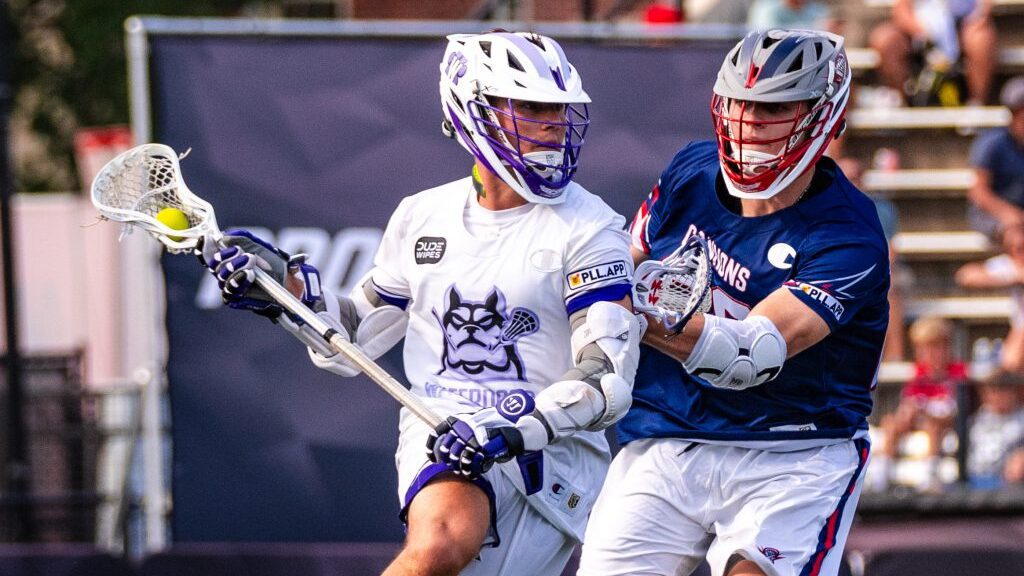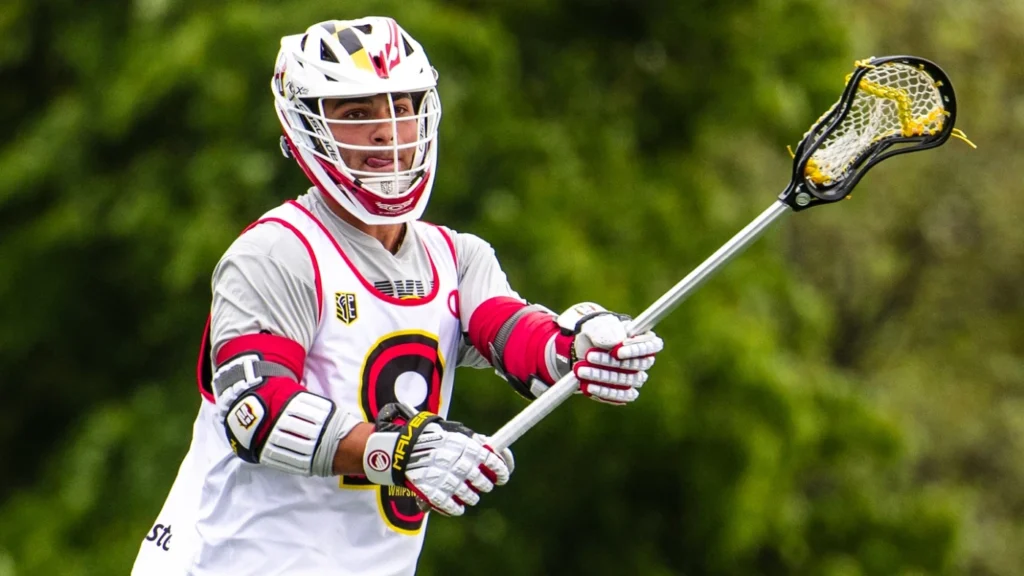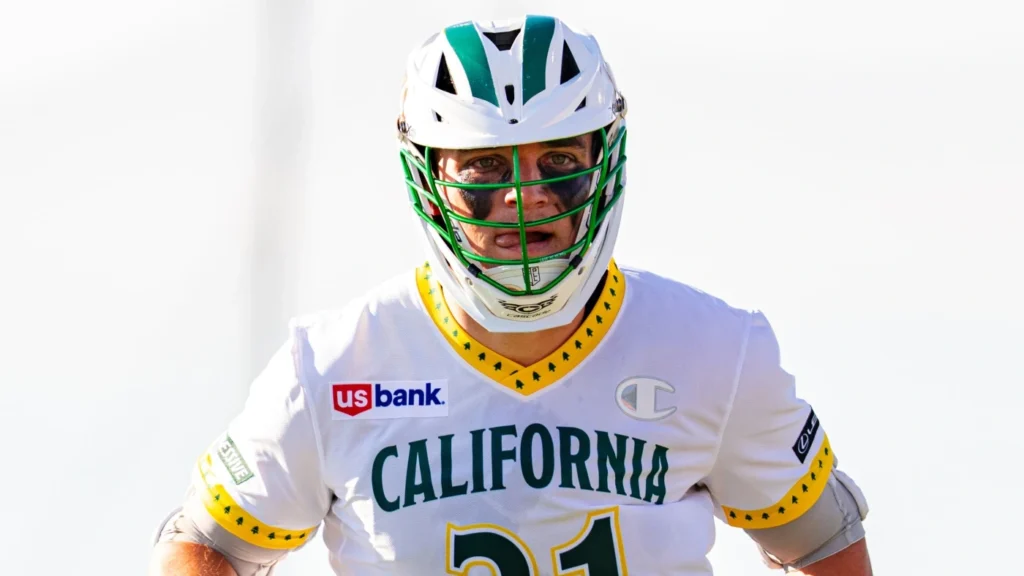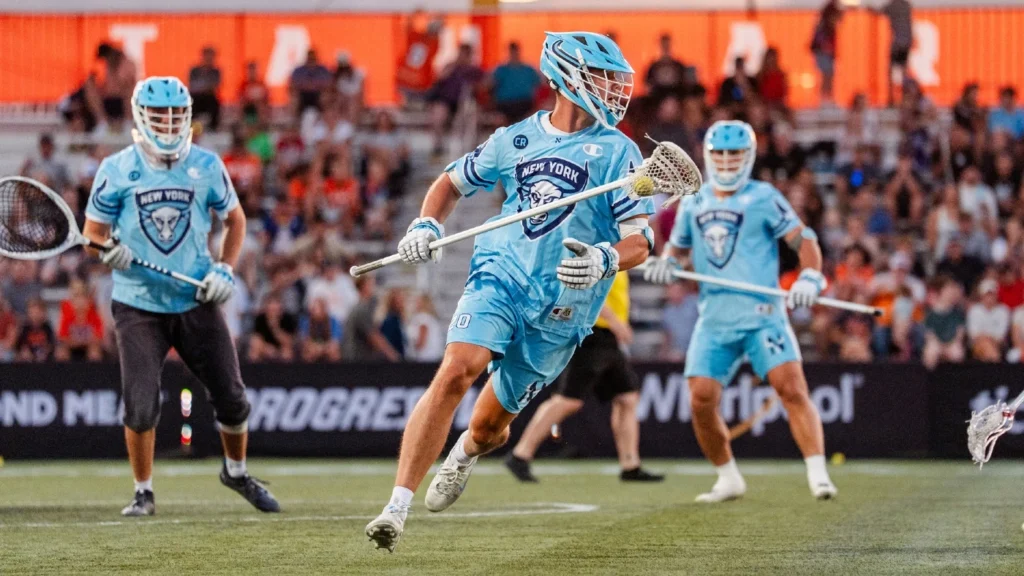
Why the Waterdogs are at their worst on isolation dodges
By Wyatt Miller | Aug 10, 2023
If the season ended today, the Waterdogs’ shooting percentage when initiating with a dodge would be the worst in PLL history (16.8%). Despite ranking fourth in total offensive efficiency, 62% of their settled shots have been initiated by dodges, and their hasty shot selection has been a noticeable crutch.
The Waterdogs offense has been highly volatile in 2023. They’ve enjoyed the highs of 19-18 shootouts and endured the lows of 8-7 slug-fests on their way to a 4-3 record. Last weekend was the ladder. The Cannons forced quick, contested shots by blocking the two-man game as much as possible – apart from McArdle and Sowers, the team went 2-for-30.
“There was a while where it was just dodge and shoot, dodge and shoot, dodge and shoot,” said head coach Andy Copelan after the loss. “Sometimes that’s okay, but I don’t think we were generating great shots. It felt like we were pretty predictable.”
Ironically, the Waterdogs’ pace and speed – which give them an advantage in most contexts – have contributed to their historically low dodge percentage. Repetitive dodging and quick triggers have led to extended scoring droughts that have skewed some competitive games.
Sometimes, speed is a weakness
This past weekend, the Waterdogs flipped the script at the stripe. Rather than throwing Eli Gobrecht out against a specialist, Copelan started Zach Currier, who won clamps against a pole. This resulted in more possessions and shots, but less quality looks.
“They did a good job on extending out on our attack and just challenging some simple perimeter exchanges,” Copelan said. “I thought that resulted in us doing the ISO ball a little bit.”
The increase in 32-second possessions simply amplified the ineptitudes that existed in this Waterdogs offense. Even when they had a full 52, it wasn’t used advantageously. Copelan and players alike have pointed to speed as the team’s identity, but it also seems to be a pitfall in 1-on-1 matchups.
In the first quarter, Jack Hannah missed three shots, including one that featured multiple open teammates. Hannah cradled the pass out of the box and swim-moved Chris Aslanian to get inside the arc. That’s when Zach Goodrich abandoned Jake Carraway at the top to help.
A wide-open Carraway, outside the arc, with an open shooting lane is exactly the kind of look that could kick-start some momentum. Instead, Hannah took on a triple team with an underhand shot that went off-target. Jack Kielty also went to help, leaving Sowers open on the doorstep with his stick raised as the shot sailed. After that, Kieran McArdle chucked a shot from the wing as the time ticked away.
Then, up 3-2 in the second quarter, McArdle tried an inexplicable crease dive from behind the net, but lost the handle and turned it over.
McArdle had a few options on this play. Ethan Walker’s defender had his back turned to the lefty sniper. Carraway had a step on his man cutting down the middle. But most importantly, 25 seconds still remained on the shot clock – there was no need to rush. The ‘Dogs hadn’t scored for six minutes, and that extended past 15 minutes before they got on the board again.
These are just two recent examples to represent the season-long pattern. Speeding through progressions to take contested shots has been a primary reason for the Waterdogs’ poor efficiency this season. They’ve fallen into a pattern of prioritizing volume over quality at times. Early, contested attempts have become all too expected, and time-consuming resets have had the same hurrying impact as the faceoff clock.
Fittingly, the Dogs’ last-place offensive dodge percentage and first-place 32-second defensive efficiency (17.7%) are separated by less than 1%.
Sowers’ lack of on-ball efficiency
It’s kind of a shocking reality, but the stats don’t lie.
Sowers has the most unassisted shots in the league with 46. He’s scored just five goals (10.9%). That’s the worst conversion rate of any player with multiple such scores. The second-worst is Jack Hannah, who’s gone 2-for-18 (11.1%). Unsurprisingly, the team ranks second-to-last in unassisted shot percentage, most of which were initiated by dodges.
First off, let’s give Sowers his flowers: Volume is part of what makes him great, and he should continue to shoot more than any other Waterdogs player. But teams have acknowledged how impossible it is for one defender to go stride-for-stride with him from X. Opponents are doubling him before he turns the corner of the crease, resulting in fewer quality looks.
And when he has gotten free, Sowers’ patented low shot from beside the crease has been smothered at a high rate this season. There was a lot more green around the goal in his 2022 shot chart, as teams have come to regard that as his specialty.
The Adjustment
The solution here isn’t for Sowers to take less shots, it’s to take different ones. Copelan has diversified Sowers’ shot selection over these past two games, especially last weekend, and furthering that variety could help salvage the team’s historically low shooting percentage when initiating with a dodge.
Sowers was off-ball in multiple sets, rather than his usual role of quarterback at X. His assisted shooting percentage is 27 points higher than his unassisted, and Copelan has started to lean into that. The last two games have featured Sowers’ best shooting percentages of the year, and last game, he recorded season-highs in goals (three) and points (five).
All three goals were assisted by McArdle, and two came off the same power play concept where McArdle zipped a no-looker to the doorstep.
Sowers looked low and then finished high on this play, indicating an adjustment to his reliance on low shots at the crease. His off-ball presence, along with McArdle’s on-ball intelligence, could open the door for a slew of different concepts moving forward.
With respect to overall dodging, last week’s four healthy midfielders (3.5 if you count Connor Kelly) was a poor measuring stick for a talented unit. The Waterdogs offense with a healthy midfield has limitless potential if Sowers and McArdle can continue to expand their scoring parameters. They showed that by dropping 18 on the Archers.
Moving Sowers off-ball and away from X more often opens up space for the ball-carrier, because his unique speed advantage has to be accounted for. That should create more dodging space inside, making the offense less predictable as a whole.
By moving Sowers around and practicing patience, this offense can return their dodging efficiency to that of last year’s championship run, just in time for this year’s.




